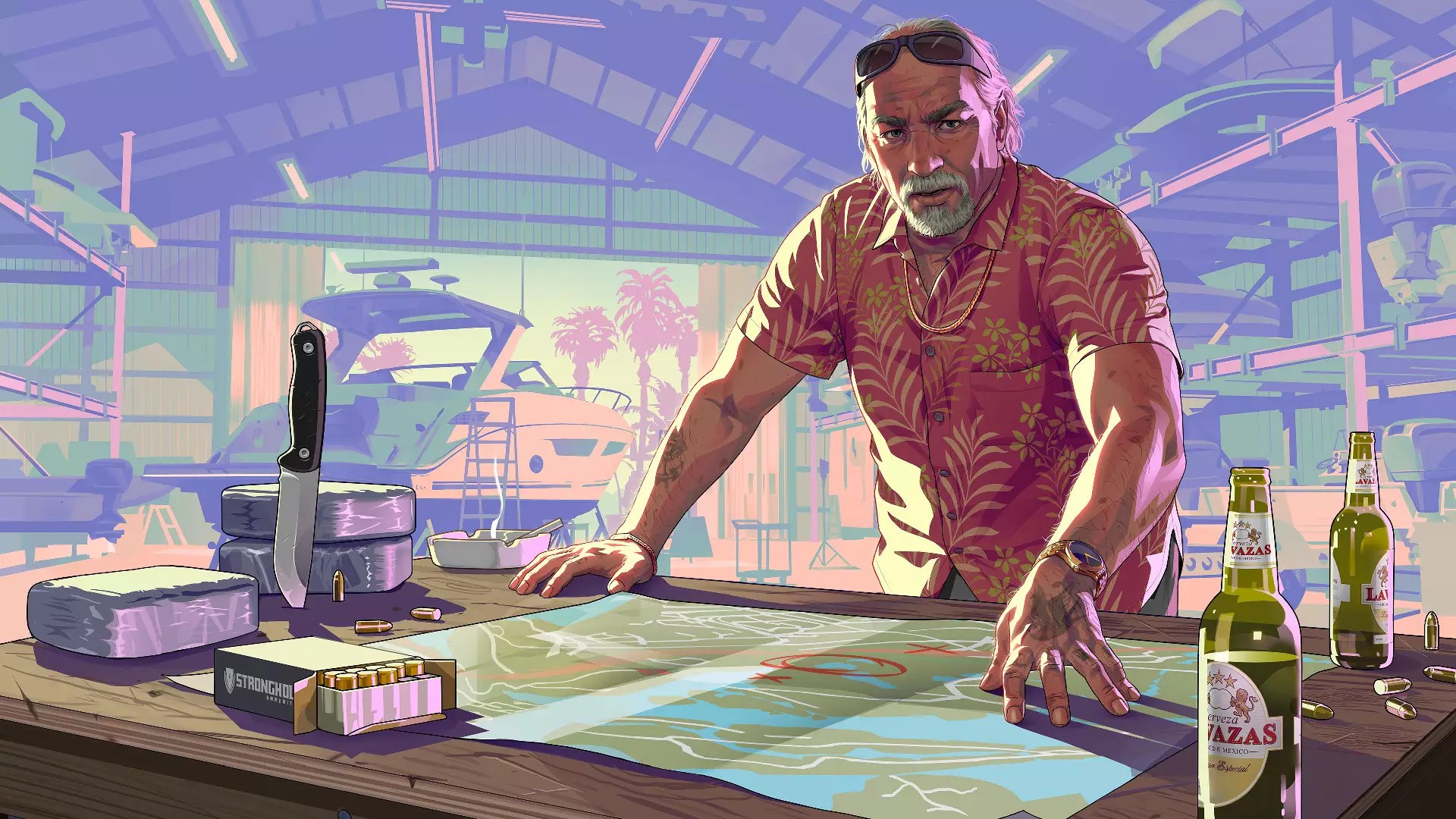In recent years, the cost of developing AAA titles has soared to unprecedented heights, reshaping the landscape of video game pricing. Major publishers like Rockstar Games are under intense pressure to recover investments that now surpass a billion dollars per title. The speculation surrounding GTA 6’s potential $100 price tag is not just an exaggerated number; it symbolizes a fundamental shift in how the gaming industry perceives value and profitability. Historically, the gaming market was built on more affordable, mass-market titles, often priced around $60. Now, with lucrative digital monetization, microtransactions, and expansive online components, the industry is testing boundaries—pushing towards premium pricing models that were once considered unthinkable.
The rise in development and marketing costs acts as a significant driver behind these price hikes. With GTA 6 possibly exceeding $1.5 billion in production budget, Rockstar Games and its parent company take a high-stakes gamble. The strategy seems to mirror Hollywood’s blockbuster film model: invest heavily upfront with the expectation of massive, long-term returns. This approach inherently shifts the risk to consumers, with prices reflecting the immense resources poured into each game. Yet, whether gamers are willing to accept substantial price increases remains a contentious point, especially amidst ongoing economic uncertainties and changing consumer preferences.
Market Expectations and Consumer Resistance
The idea of an $80 or $100 game price point ignited fierce debates within gaming communities and industry circles alike. While some analysts, such as Pachter of Wedbush Securities, point to projected revenues that could reach $10 billion over GTA 6’s lifetime, the consumer acceptance of such prices is uncertain. Historically, even ultra-anticipated titles such as GTA 5 maintained a price around $60, and recent trends show a resistance to premium pricing, particularly at the $80 mark. Gamers have demonstrated a willingness to pay more for collector’s editions or bundled content, but a standard AAA game priced at $100 could risk alienating the core audience.
The reluctance stems from a broader cultural shift favoring affordability and value. Modern gamers often expect to access large-scale titles without breaking the bank, especially when more cost-effective alternatives flood the market. Despite Rockstar’s immense brand power and loyal following, there remains skepticism about whether the market can sustain these elevated price points without diminishing initial sales volume. Furthermore, the success of previous titles at lower prices suggests that premium pricing might be more suited to limited editions rather than the base product.
The Strategic Calculus Behind Premium Pricing
In contemplating a $100 price for GTA 6, Rockstar and its investors are likely weighing the potential for increased profit margins against the risk of reduced sales. High pricing can indeed boost initial revenue and create an aura of exclusivity, which appeals to collectors and dedicated fans willing to pay a premium. However, such a move might also limit accessibility, thereby narrowing the game’s initial reach and the viral buzz that typically accompanies a blockbuster release.
It’s also important to consider how Rockstar might navigate this new landscape. One potential strategy involves offering multiple editions—a standard version, a pricier “Ultimate” package, or bundled deals pairing the base game with online components. This tiered approach can cater to different consumer segments, from casual fans to dedicated enthusiasts. Yet, whether consumers are ready to pay $100 for a package that includes online access or special content remains uncertain, especially as many now expect more content and value for less money.
The Future of Gaming Economics
Ultimately, the debate surrounding GTA 6’s pricing highlights a broader reckoning within the industry: how to balance profitability with consumer trust. The trend towards higher prices is partly driven by the increasing cost of development but also by a desire to maximize revenue from existing franchises. However, history teaches us that pricing strategies can make or break a game’s commercial success. Before the industry fully embraces the $100 benchmark, it must reckon with consumer sentiment and the evolving expectations of a market that values accessibility and fair play.
What is undeniable is that Rockstar, armed with decades of experience and a loyal fanbase, will likely experiment with various pricing models. Whether they ultimately stick to a lower entry price or venture into the $100 territory, this decision will reflect the broader shifts of an industry at a crossroads—trying to reconcile the costs of creating blockbuster titles with the realities of a consumer landscape increasingly sensitive to price hikes.


Leave a Reply